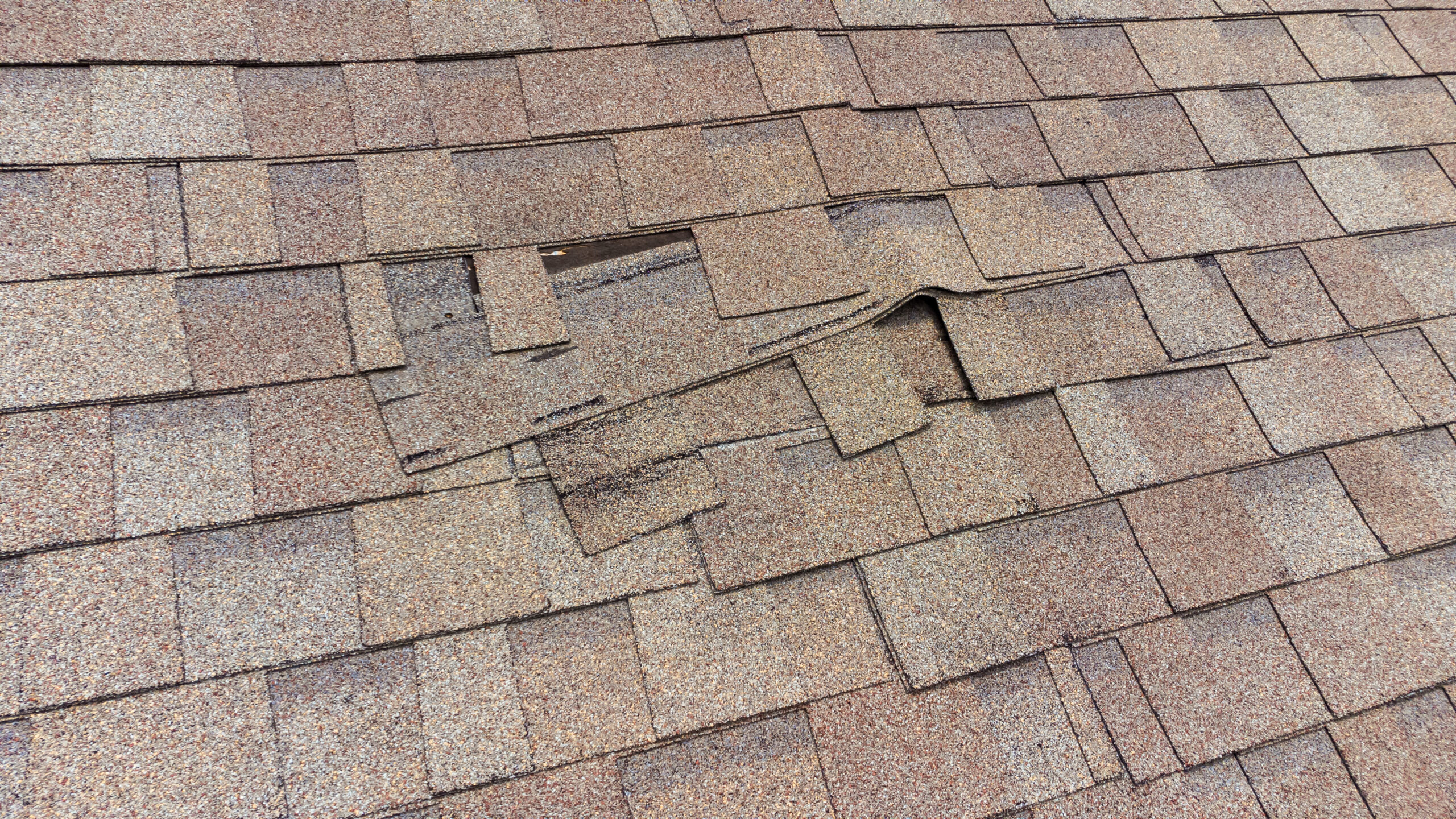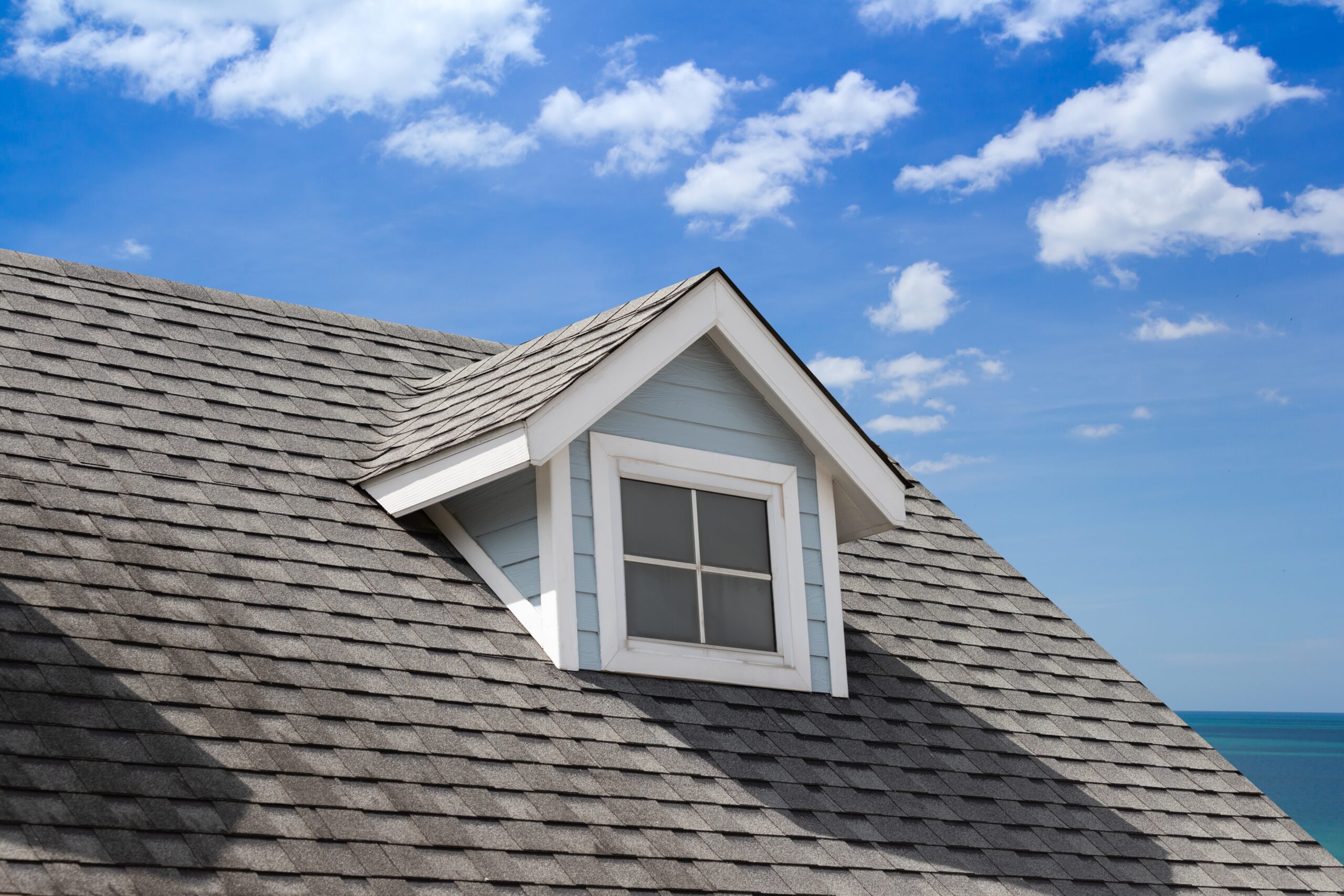FAQs

How does payment work on insurance claims?
- Your initial check is for ACV (actual cash value). This means they pay the full amount of the claim less your out-of-pocket deductible and depreciation.
Why do they deduct depreciation? Will I get it back?
- If you have replacement cost, your final check (for recoverable depreciation) will be mailed when we (as your contractor) submit a final invoice with a request to release all recoverable depreciation.
- If you have an ACV policy, you incur the cost of any non-recoverable depreciation along with your deductible. This combined amount is due to your contractor before work can commence.
How and when do you get paid for doing the work?
- After a contract is in place, and the claim has been accepted by your carrier, you will receive an initial ACV check along with an estimate of damage. Please notify us when this payment is received. We will need a copy of the insurance estimate. If the check has a mortgage company listed, you must have them endorse the check. Once this is done, you can deposit the check and write a personal check to us (your contractor) for that amount; or simply sign the check over to us. Your out-of-pocket deductible is due to us at this time, also.
- If we filed supplements to the claim, you will receive a second ACV check. Please notify us when it is received, so we can proceed with the work order.
- PLEASE NOTE: We cannot place an order for materials until all ACV funds and your OOP deductible are received.
- When the work is completed, we submit a final billing to the carrier, and you will receive a final check for any recoverable depreciation that was withheld (replacement cost policies). Please notify us when the final payment is received so we can collect it and close the claim file.
Can I have my roof replaced when it's cold?
While it is most common to see roofers out and about installing new roofs in the spring, summer, and fall months, sometimes unforeseen circumstances leave you with no choice but to replace your roof during the winter. Should this happen to you, there is no need to panic. You can still get a quality roof installation as long as you choose a professional roofing company that understands how to overcome the challenges of winter roofing.
From Home Efficiency:
· Shingles will get brittle.
· Shingles can crack if not installed correctly.
· Shingle adhesive strips won’t adhere well
From IKO:
Experts say the best time to construct a roof is when weather is “warm, calm, and dry.” That is, in warm temperatures, with little wind and clear skies. In a perfect world, that would be every day. But in most northern states and provinces, these ideal conditions are few and far between. Most roofers have to consider how, not if, they can perform a roofing job in winter weather. Any outdoor temperature lower than 10 degrees Celsius (50 degrees Fahrenheit) starts to change the way both our bodies, and our roofing equipment and materials perform. This is the point at which risks continue to rise as the mercury falls.
From Certainteed:
FORMING AND HANDLING SHINGLES IN COLD WEATHER: Asphalt composition shingles become very hard in cold weather. It is important that the ambient temperature be warm enough that shingles do not crack during forming, or that they be placed in a warm location that softens them before forming. Forming is necessary for applying shingles to closed valleys, hips, or ridges. Extra care is needed when installing multi-layer laminated shingles.
SEALING IN COLD WEATHER: The self-sealing capability of shingles may not be immediately effective when the shingles are applied in cold weather and tabs may be lifted by winter winds. To prevent this: problem, we suggest hand-sealing the shingles in cold-weather by applying a 1″ diameter spot of roofing cement as shown in the steep slope fastening diagram for the particular shingle being installed. Use just enough cement for a secure seal, because too much can cause the shingle to blister. When the sun comes out or the weather moderates sufficiently, the self-sealing material will do the job it was designed to do and bind the shingles together.
FASTENING IN COLD WEATHER: It is difficult to maintain the proper pressure on air compressors in cold weather. For this reason, many installers choose to hand-nail when temperatures drop. Hand-nailing reduces the chances for blow-through (nails being driven completely through brittle shingles) and other problems caused by improperly regulated gun pressure.
From GAF:
During very cold weather, shingles may:
● Become brittle and possibly crack or break where bent.
● Need to be hand sealed.
● Have a condition known as “cold curl” (shingle edges curl up due to cold)
The GAF Shingle Limited Warranty for the shingles will remain in effect. However, any damage such as cracking, lack of sealing, foot damage or tearing is the responsibility of the applicator and is excluded from GAF’s responsibility under the terms of our Limited Warranty, which covers only manufacturing defects.
From Owens Corning:
Recommendations: Extra care should be taken when handling and/or installing asphalt shingles when the air and surface temperatures are at or below 40°F (5°C). Owens Corning™ Roofing recommends the following procedures for additional fastening strength and wind blow-off resistance when shingles are installed during cold weather:
1. Hand sealing all shingles along the rake edges: Be aware that excessive amounts of asphalt roof cement can cause the shingles to blister.
2. On strip (three-tab) shingles, take caution to ensure the asphalt roof cement does not squeeze out beyond the leading edge of the shingle. Be aware that excessive amounts of asphalt roof cement can cause the shingles to blister.
3. Ensure that all nails are installed in the common bond (double layer) area on Owens Corning™ laminate shingles (Oakridge® Series, TruDefinition® Duration® Series, and WeatherGuard® HP):
a. For Oakridge® Series and WeatherGuard® HP shingles – Ensure the required number of nails are installed on the painted nail line.
b. For TruDefinition® Duration® Series shingles – Ensure the required numbers of nails are installed in the lower half of the SureNail® nailing strip.
How do I know when my roof needs replacing?
It depends on the material a roof is made of, and how much wear and tear it has endured. On average, the life of an asphalt roof is 20-30 years. Metal roofing lasts between 30-70 years. Beyond this age, roofing begins to fail and is in need of replacement to protect your home.
There are several common signs of damage that you should look for and address:
· Curled, cracked, or dented shingles
· Loose or missing shingles
· Shingles that are worn or lack their protective granules
· Mold and mildew growth on shingles
· Ceiling leaks, and leaks that happen when it rains
· Water damage inside your home, including your attic
· Light peeking through the attic due to holes in your roof
Small issues can often be addressed with roof repair, while larger problems may only be addressable with a roof replacement. properly inspect your roof and help identify any issues that aren’t easily visible from the ground.
Do I have storm damage?
If you feel that your roof might have damage, it is important to check as soon as possible. It is important that you do not wait long to check your roof. TAC Roofing & More to schedule your free roof inspection and see if you can file an insurance claim. This is our specialty!
WIND DAMAGE: Missing shingles are the first sign of storm damage. Be sure to look at your roof’s flashing and make sure that it is not damaged or missing. Flashings are typically metal, and they are often in your roof’s most vulnerable spots. Other wind damage may not be easy to see. If your roof has been exposed to major winds, it is always best to contact us to inspect your roof.
HAIL DAMAGE: Hailstorms can bruise shingles by causing an indent on the shingle itself. You may also be able to see a distinct pattern of small round-shaped divots on the edges of the shingles. You will also want to look for indentations on shingles where granules are missing or a large pile of granules at the end of your downspout (a small amount is normal, but not a large amount)
FALLING DEBRIS: Major storms can cause trees and other natural debris to fall on your roof. This can sometimes cause cracks in your shingles that can eventually lead to leaks. If you see debris is still on your roof after a storm, it is important to either check it yourself or call us to see if there is any shingle damage underneath the debris. Be sure to have your trees trimmed away from your roof to avoid these issues in the future.
Do you provide homeowners insurance inspections?
Yes, we provide a detailed inspection and work directly with your insurance company.
Do I have to replace gutters and downspouts?
As long as they are in good shape and are not in need of fixing or replacing then we can work around them.
What is your service area?
We are Central Minnesota based and service all areas of the State!
Our



